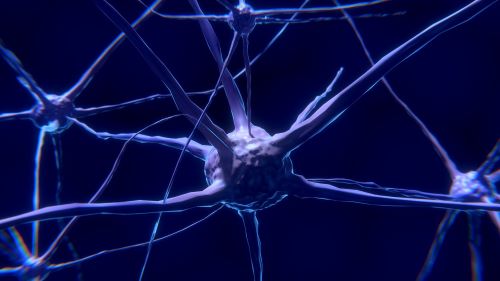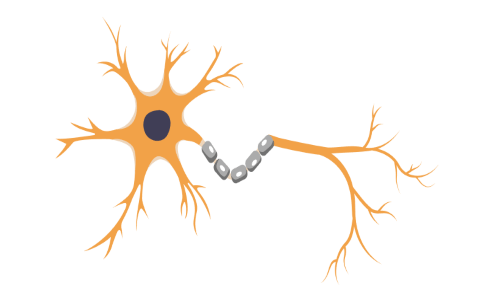
Live – Trauma in the Family: Concrete Skills to Achieve Long-term Healing & Stability
Open to access this content

Open to access this content

Open to access this content

Open to access this content

Open to access this content

Open to access this content